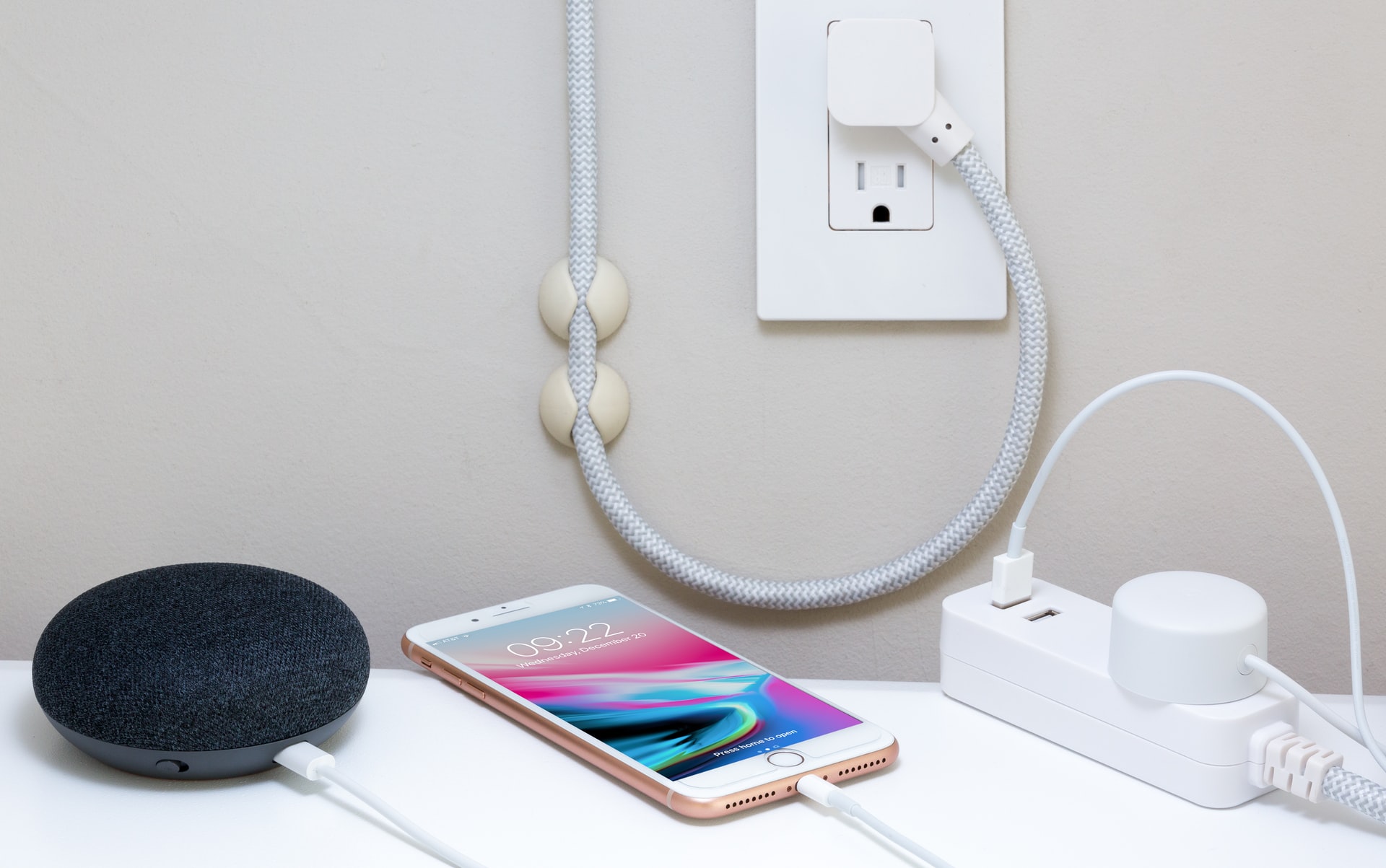Understanding How Smart Homes Work
You may have heard of the term Smart Home over the last few years. If you haven’t, it’s not a big deal because they are still fairly new. Smart Homes are definitely what you think they are – automated homes with technology that changes the way you live your life. So how do they work? What are they comprised of? Are they expensive? We’re going to address the basic concerns relevant to smart homes.
What Is Classified As A Smart Home?
A smart home is more of a concept of the way a house is set up, rather than a physical household with built-in technology. Of course, you can have the built-in tech, but why undertake such an extensive and expensive project for yourself when there is a better and way cheaper alternative available?
Smart homes comprise of smart devices and appliances that can be automatically and wirelessly controlled from anywhere. They connect to the internet and can then be accessed via smartphones, tablets, voice control – essentially through their designated mobile apps that are downloadable onto these devices.
Are smart homes expensive, however? Adding a mere 2 or 4 smart devices does make your home eligible to be called a smart home. Smart devices can go from anywhere from $20 to over $1000 – it really depends on what the technology is. Smart refrigerators for instance can go up to $2000 to $3000, while a smart light bulb can cost around $20.
Smart Devices You Can Add To Your Homes
Here are a few smart devices that cover the basic appliances present in the average American household. And the perfect devices for energy saving too.
Smart Thermostat
Smart thermostats are just like any ordinary thermostat, only that they are as their name suggests, smarter. These devices are easy to set up by yourself, and if not then call in a professional to do the work. Setting up and configuring the device is easy – it is done through mobile applications.
Through these mobile applications the device can be controlled; changing the temperature, setting an automatic schedule based on your routine, and even switching the device on or off. The best part about mobile access to smart thermostats is that it allows you to control your device from practically anywhere. Whether you’re at the mall or in another city, have control over your thermostat at the tip of your fingers.
Most smart thermostats even feature built-in motion detectors, and geo-location tracking of your mobile device in order to adjust its temperatures to eco-friendly modes while you’re away. It helps save energy usage and eventually reduces monthly heating and cooling bills over time.
Smart Lights
Just like smart thermostats, smart lights are super easy to install and then set up via mobile apps. Smart lights connect to the internet and can be controlled either by individual bulbs or collectively through a hub.
Through the mobile apps, you can turn the lights on or off whether you’ve already gotten into bed or are driving back home. Some smart light bulbs also feature multiple colors that you can change the light shade to, just to set a vibe. Dim the lights or brighten them according to your preference, set automatic schedules for each individual light bulb however you see fit – there’s a lot of convenience that comes with smart lights. Not to forget, having remote access and automatic scheduling leaves a lot of room for energy saving as well.
Voice Assistants
Voice assistants aren’t exactly an appliance that is, or ever were a necessity in the average American household. However they sure have made a mark in any home that they can be found in, so you may expect to find them as a pretty common device in the future.
Voice Assistants are like having virtual assistants around the house. You can send texts, place calls, get assistance with dinner recipes, check for weather forecasts and traffic situations – all with a simple voice command. But what’s even better, is if you have any other smart device around your home that’s compatible with the voice assistant you have, you can sync the devices and therefore have voice control over those as well. Amazing, right? Instead of finding your phone to turn on the smart coffee maker you just have to call out to Alexa or Google Assistant to do it from where you’re standing.
The two commonly known voice assistants in the market at present are the Amazon Echo featuring its virtual assistant, the infamous Alexa, and the Google Nest Mini, featuring the Google Assistant.
Who Is A Smart Home Suitable For?
Is there a way to specify who a smart home is suitable for? There is no definite answer because with society progressing alongside technology, pretty soon any standard home will be built with smart devices – whether it is for energy conservation purposes or just because.
You’ll find that smart devices make our routines and lifestyles much more convenient and relaxed, with their remote control ability. Smart devices would even prove useful for the elderly who wish to continue their life living as they did, independently.
If you want to see more categories of smart home devices, head on over to First Energy Home’s website.

